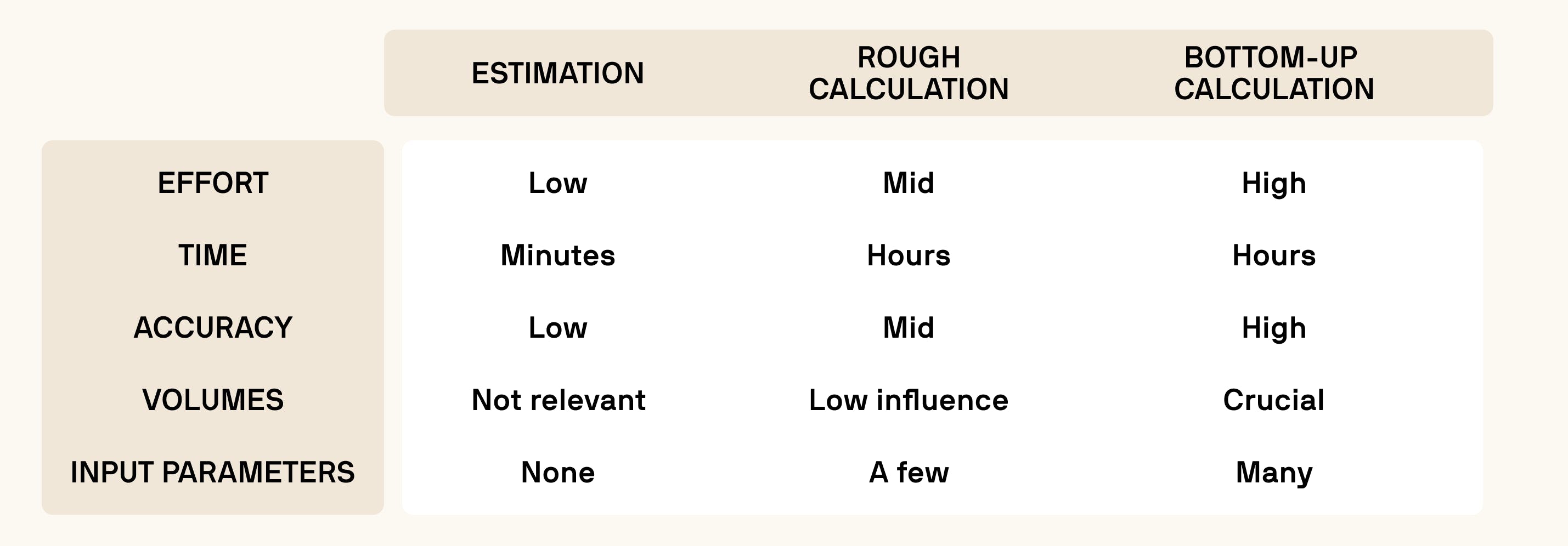Bottom-up means that you use dedicated parameters like material prices, scrap rates, machines with dedicated hourly rates, as well as labor costs, overheads etc., to calculate the dedicated cost. This means you have to have a lot of parameters available, and they need to be up to date.
Here we have the same issue as with the rough calculation. Is your input data accurate and up to date?
Many companies still have Excel Worksheets as a single point of information and big data sets from previous products purchased. But is this the way we work in 2024?
Continuously updating input data for calculations, as well as ensuring correct and reliable calculation methodology for various production processes, is key to a reliable bottom-up calculation.












